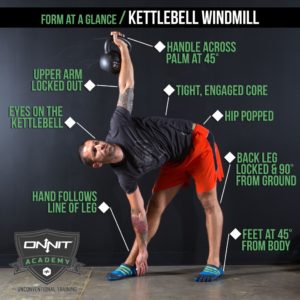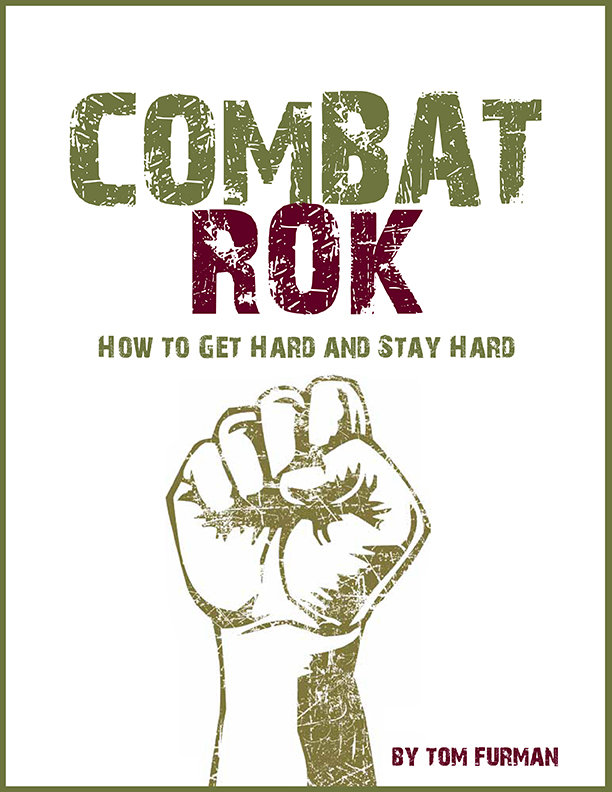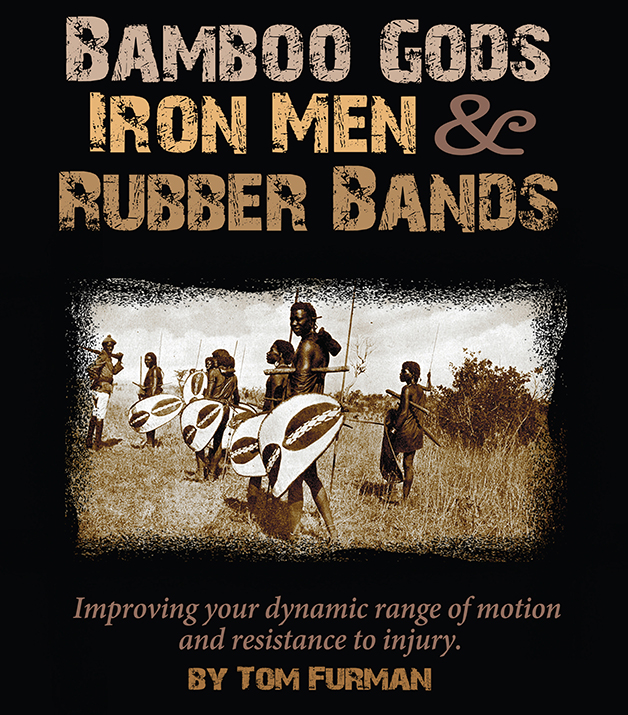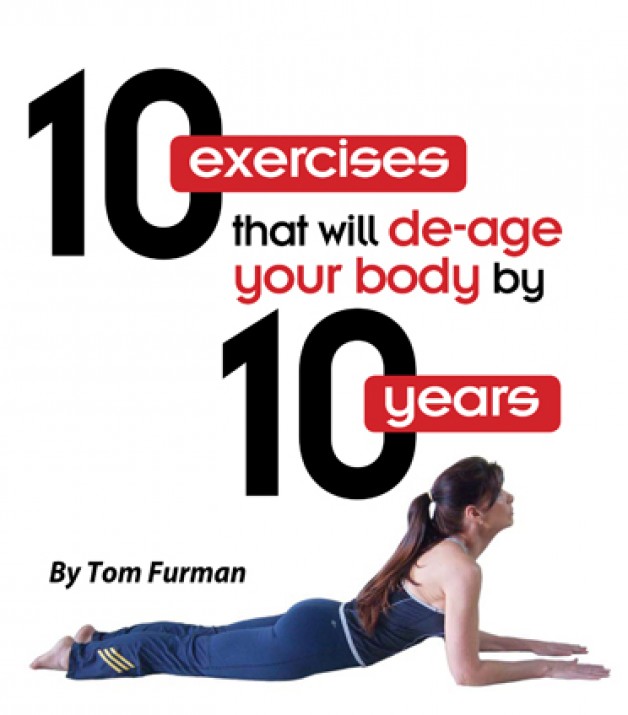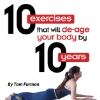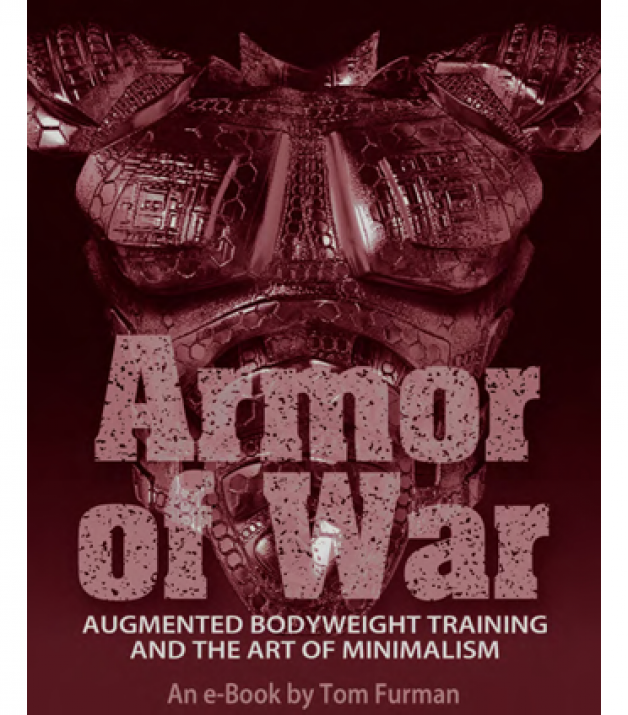Many years ago, actually in March of 2003, I proposed a different type of abdominal training. It was in an article for Dragondoor entitled, “The Power to Weight Ratio Workout”. [ https://www.dragondoor.com/articles/the-power-to-weight-ratio-workout/ ] In the scope of the article I describe using what I called a, “Quarter Turk”. This move has slowly become more popular. I have NO doubt that wrestlers, Sambists, etc, used this LONG before me. My article proceeds many other articles and Youtube videos however. The suggestion was to alternate low repetition 1/4 Turkish Getups with Kettlebell Windmills to have a safe, progressively loadable abdominal/core workout. Often, full getups are not easy for men who weigh a lot and push heavy weights. Their relative strength is not there and it’s a lot of work to get up off the ground. Their limit strength is other worldly however. Different strokes for different folks.
The problem with many abdominal programs is they are not effectively loadable. Dr. Stu McGill’s, “Big 3” deals with increasing tension through a variety of mechanisms. This is effective and often, boring. It is necessary for most and critical for others. The issue with these is there are isometric exercises involved. Not good or bad, we can’t moralize movement. However in any strength endeavor, isometrics should only be a certain portion of the plate. So we need movement. The other issue is that in sports and life, we are not always in control. We can fall, be pushed/pulled/thrown, into bad positions. Not training through a greater range of motion reduces the strength in the ranges not practiced.
Other than bending into extreme spinal extension over a glute hamstring bench while throwing a medicine ball as a precurser to middle aged laminectomy and cult mentality, I’d suggest my solution.
Part one is the Quarter Turk or 1/4 Turkish Getup. This is from the starting position, with the ‘bell overhead, one leg bent, one leg straight,…then moving to the propped elbow position. Lower and repeat. I’d recommend 3 reps. Why? Because the number THREE is magic. That’s why. Repeat on both sides and move to the Kettlebell Windmill.
Part Two is the Kettlebell Windmill. The BEST resource is from my friend, Bret Jones. Bret and I were introduced to Kettlebells by Pavel Tsatsouline in February of 2002 and the second RKC and only one held in the Minnesota winter. His article is excellent and clearly defined. Here is the link. http://www.strongfirst.com/kettlebell-windmill-101/ While Brett suggests, “fitting in” the Windmill with Turkish Getups, I suggest using an overload for the 1/4 Getup and doing 3 reps in a row versus moving side to side in normal getup fashion.
For those who need a visual reminder. Here is a GREAT image from ONNIT.
So with these two drills in your tool box. Follow this sequence. Do 3 reps left arm 1/4 getup followed by 3 reps right arm 1/4 getup. Move to standing. 3 reps left windmill followed by 3 reps right windmill. Breath and repeat for 5 to 10 cycles. Build up over days, weeks, months and years. I mean. where the hell are you going in such a hurry?.
The finisher is this. A combo of a pull up and knee up. There is NO explosion, half pull ups or kipping. Move slowly, pulling yourself to the top while pulling your knees towards your chest. By doing a knee up instead of a straight leg raise, you are not limited by hamstring flexibility. With this combo exercise the limitation will be your pulling strength. Do only one set almost to failure of form, or when you can’t pull up. Don’t strain, train. This pulling also unloads the spine and gives you some traction.
To repeat-
- 1/4 TGU, 3/3 reps
- Windmill, 3/3 reps. Alternate for 5 to 10 sets.
- Finisher. Combo pull up/knee raise to failure of form.
- Do this workout on alternate days, 3 days per week.
- Finish 36 workouts or 3 months, [that magic number again].
- Drop daily caloric intake by 10%
- Eat your target weight in grams of protein per day.
- Increase aerobic activity by 10%
- When you have completed 36 workouts. Send me a big fat check.
Until then, #trainforlife


